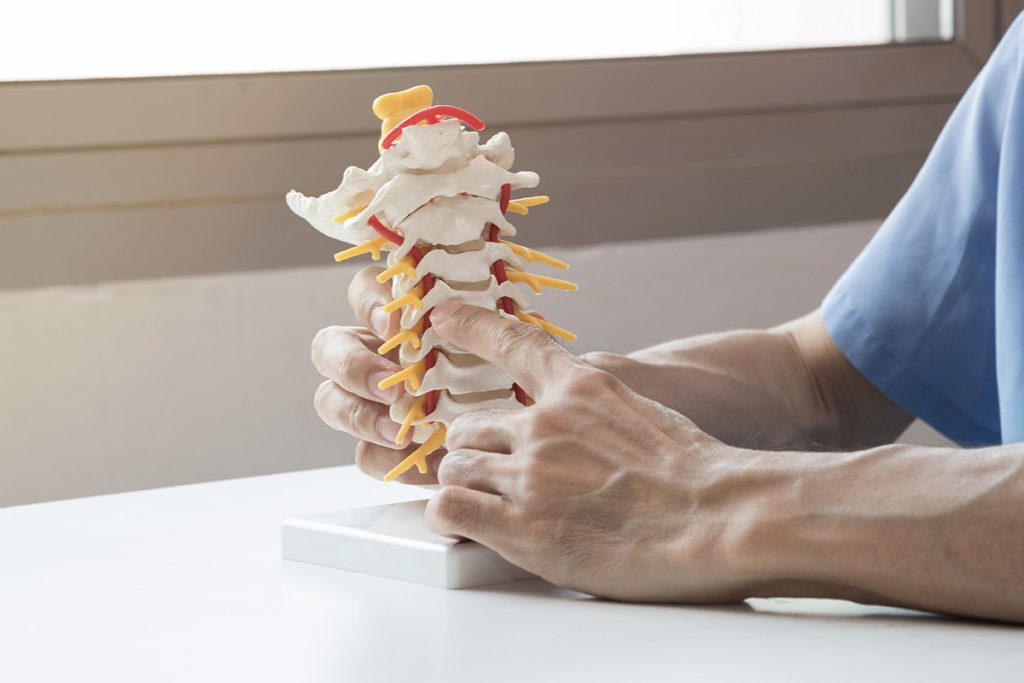Spine Cord Injuries

What is a spinal injury?
Spinal fractures occur when an injury is sustained to the spine resulting in a break or disruption of the spinal vertebrae or the attached ligaments. The spinal column contains and protects the spinal cord and exiting nerve roots. Some injuries affect only the spinal column without disturbing the nerve elements. However other, more severe injuries to the spine can result in temporary or permanent damage to the spinal cord and/or nerve roots. The diagnosis of such injuries relies upon radiological studies to visualize te damage. This includes x-rays, CAT scans and sometimes magnetic resonance imaging studies (MRI). Treatment of such fractures may require a brace or surgery or both depending on the degree of instability.
What causes injuries to the spine?
The bones in your spinal column can break or collapse as a result of bone loss. Primary osteoporosis and menopause, however, aren’t the only culprits when it comes to bone loss. Cancer, chemotherapy, radiation therapy, hyperthyroidism and long-term use of corticosteroids also can cause the loss of bone mass and increase your risk of sustaining a fracture.

Symptoms of a spinal injury
Back pain is a signal that something isn’t right. If you’re experiencing a sudden onset of pain or a chronic, dull ache in your back, you might have experienced a spinal fracture. If you have pain in your back that lasts for more than several days, schedule a visit with your doctor so that the cause of your back pain can be determined and treated.
It’s also smart to keep an eye on your posture and height. Make sure to routinely measure your height, as spinal fractures can cause the bones in your spine to collapse. As a result, height loss can occur.
Multiple spinal fractures can also cause changes in posture. If you’re lost height or have a hump on your back, you might have a spinal fracture.
